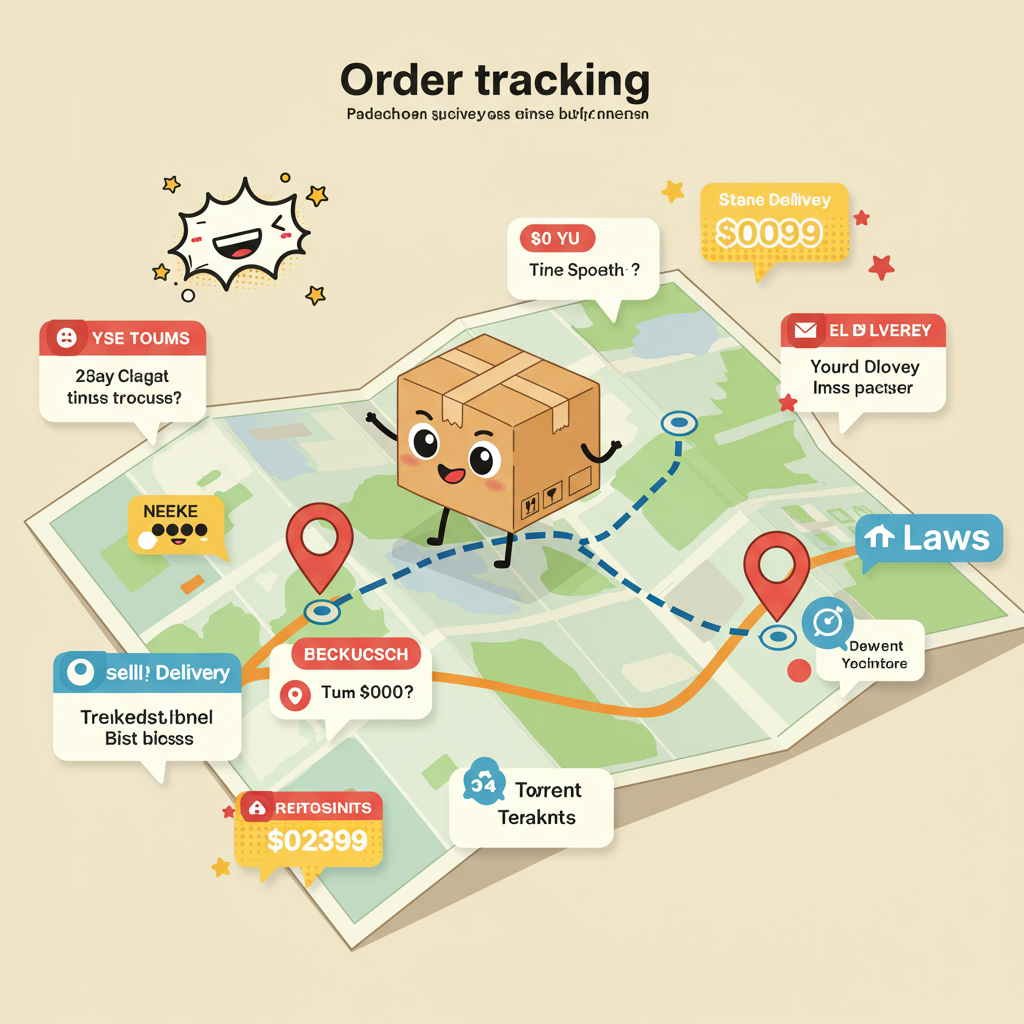Discover how advanced order tracking integrations can transform your post-purchase journey, reduce support inquiries, and build lasting customer loyalty.
As a Shopify merchant, I know firsthand how crucial every aspect of the customer journey is. From the moment a customer lands on your store to the exciting unboxing, every touchpoint matters.
One area that often gets overlooked, or at least not fully optimized, is post-purchase communication, specifically order tracking.
I’ve seen how a robust order tracking system can transform a good customer experience into an exceptional one, fostering trust and encouraging repeat business.
Today, I want to walk you through the ins and outs of order tracking integration for your Shopify store, explaining why it’s so vital and how you can implement it effectively.
Think about it from your customer’s perspective. They’ve just made a purchase, and now they’re eagerly awaiting their new item. The first question on their mind is often, ‘Where is my order?’
Providing clear, accessible, and real-time tracking information isn’t just a convenience; it’s a fundamental expectation in today’s e-commerce landscape.
Without it, you risk a flood of ‘Where’s my order?’ (WISMO) inquiries, which can overwhelm your customer service team and detract from their ability to handle more complex issues.
Beyond reducing support tickets, proactive tracking updates build immense customer confidence. It shows you’re organized, transparent, and genuinely care about their purchase arriving safely.
This transparency translates directly into higher customer satisfaction, which is a cornerstone of long-term business success. Happy customers are loyal customers.
Shopify, by default, offers basic order tracking. When you fulfill an order and add a tracking number, your customers receive an email with a link to the carrier’s website.
While this is a starting point, it often lacks the branded experience and detailed updates that modern customers expect. It’s a generic link, taking them away from your brand environment.
This is where third-party order tracking integrations come into play. They elevate your post-purchase experience from functional to exceptional.
These solutions typically offer a branded tracking page hosted on your domain, keeping customers engaged with your brand even after they’ve clicked ‘buy.’
They also consolidate tracking information from multiple carriers, meaning if you use different shipping providers, your customers still get a unified view of their order’s journey.
Let’s dive into the types of integrations available. You’ll find a variety of apps in the Shopify App Store, each with its own strengths.
Some are carrier-specific, designed to provide deep insights for a single shipping provider like USPS, FedEx, or DHL. These are great if you primarily use one carrier.
More commonly, merchants opt for multi-carrier tracking platforms. These are powerful tools that integrate with hundreds of global carriers, offering a comprehensive tracking solution.
Examples include apps that provide a centralized dashboard for all your shipments, regardless of the carrier used. This simplifies management for you and tracking for your customers.
Many of these platforms also offer automated notification features. Imagine your customer receiving an email or SMS when their order ships, is out for delivery, or has been delivered.
These proactive updates significantly reduce anxiety and the need for customers to constantly check tracking themselves. It’s a huge win for customer experience.
When I evaluate a tracking solution, I look for several key features. First, real-time updates are non-negotiable. Customers want to know exactly where their package is, right now.
Second, a customizable, branded tracking page is essential. This reinforces your brand identity and provides a consistent experience, rather than sending customers to a generic carrier site.
Third, automated notifications via email and SMS are incredibly valuable. They keep customers informed without any manual effort on your part.
Fourth, look for analytics and insights. Understanding delivery times, common delays, and carrier performance can help you optimize your shipping strategy.
Fifth, consider integrations with other tools you use, such as your customer service platform or marketing automation software. This creates a seamless workflow.
Finally, ease of setup and pricing are always important considerations. You want a solution that’s straightforward to implement and offers good value for your investment.
The general process for integrating a tracking solution usually involves finding an app in the Shopify App Store, installing it, and then configuring its settings.
Most apps will guide you through connecting your shipping carriers and customizing your tracking page and notification templates.
Once set up, the app typically syncs with your Shopify orders, automatically pulling tracking numbers and updating their status.
It’s a set-it-and-forget-it system that works tirelessly in the background, providing peace of mind for both you and your customers.
I’ve found that implementing a robust tracking system has a direct positive impact on customer satisfaction and, consequently, on repeat purchases.
Customers who feel informed and cared for are far more likely to return to your store for future purchases. It builds loyalty.
It also frees up your customer service team to focus on more complex inquiries, rather than spending valuable time answering basic tracking questions.
What do you think about the importance of detailed order tracking for your Shopify store? I’d love to hear your perspective.
In conclusion, while Shopify provides basic tracking, investing in a dedicated order tracking integration is a strategic move for any serious merchant.
It enhances the post-purchase experience, reduces customer service workload, builds trust, and ultimately drives customer loyalty and repeat business.
It’s an investment that pays dividends in customer satisfaction and operational efficiency. I highly recommend exploring the options available to elevate your store’s tracking capabilities.






